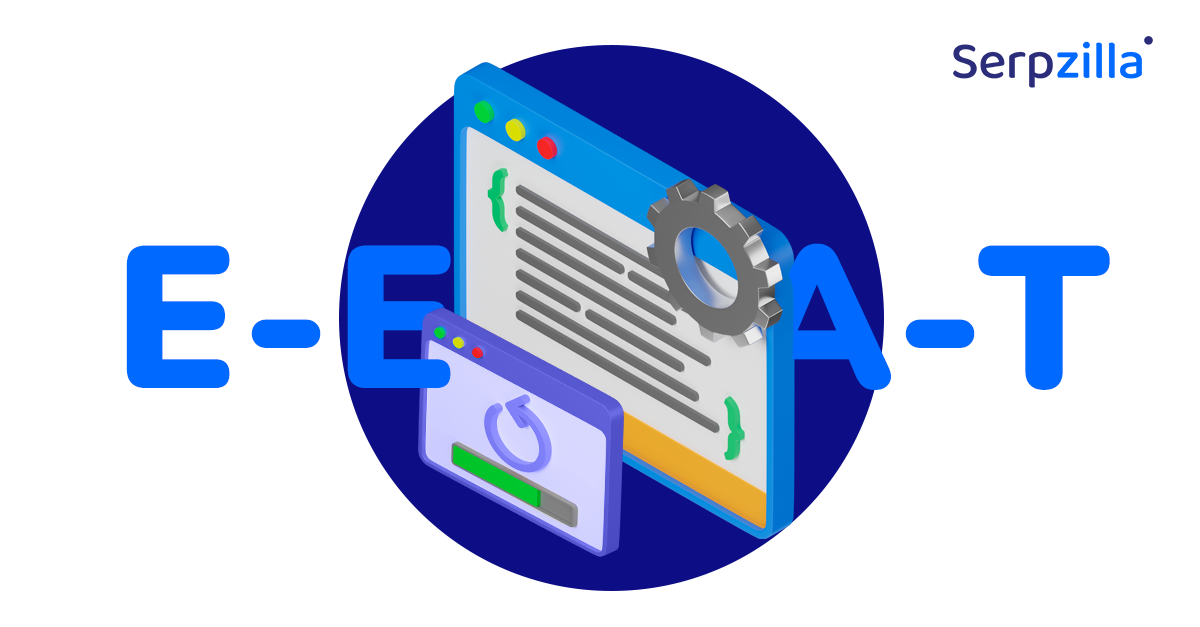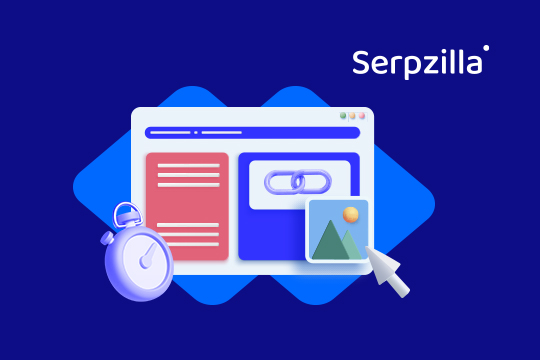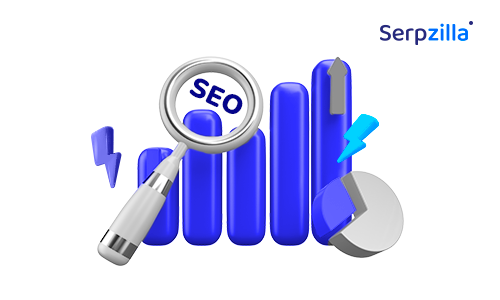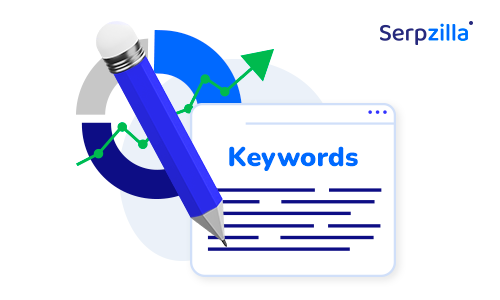Traditionally, link building was essential. However, SEO strategies are changing. So, can you do SEO without link building? The short answer is yes, but there are caveats because the result is going to depend hugely on your niche competition and on your timeline. In competitive markets, link building remains vital, and you’ll find no way around it. For less competitive niches, alternatives work. Also, local businesses can make SEO work without link building if they target their neighborhood market.
Are Backlinks Important for SEO?
Backlinks, also called inbound links, link one website to another. They work as votes of confidence. Search engines value these votes highly. High-quality backlinks signal trustworthiness. They boost your site’s rankings.
Impact on Ranking and Traffic:
Search Engine Rankings: Backlinks are top-ranking factors. Websites with many quality backlinks rank higher. Search engines see them as endorsements: like a celebrity chef endorsing your restaurant’s recipe.
Organic Traffic: Higher rankings mean more visibility. More visibility leads to more organic traffic. People click on top results.
Not all backlinks are equal. Quality here is more important than quantity. High-quality backlinks come from reputable sites, the ones that are relevant to your content.
Here are ways to get quality backlinks:
Guest Posting: Write valuable content for reputable blogs – it’s like being a guest speaker at a big conference. Include a link back to your site. This boosts authority and traffic.
Content Creation: Produce shareable content of high quality. Go viral, if possible. Others will naturally link to it. Great content attracts attention.
Broken Link Building: Find broken links on other sites. Offer your content as a replacement. This helps webmasters fix issues, and gets you valuable backlinks. Win-win.
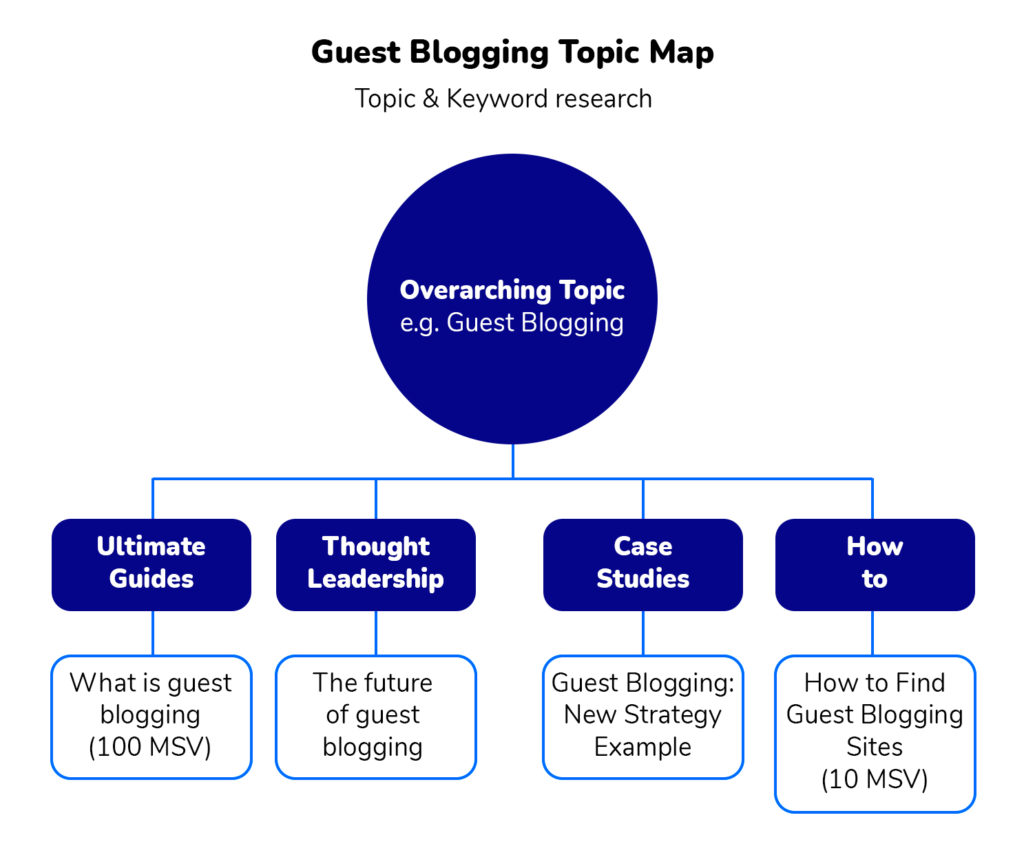
Is SEO Without Link Building Possible?
You know how when your Grandma wants her garden to grow well, she gives it the right nutrients and care? Making your website show up well in searches is like that.
Some people say you have to do a lot of link-building to make your website “grow”, like getting lots of other websites to link to yours. As was mentioned at the beginning of this article, it is mainly true, especially for high-competitive markets. But, if you’re in a smaller niche, you might not need those fancy backlinks as much.
Without the backlinks, though, you’ve got to focus extra hard on other things, like having great information that people want to read (otherwise known as killer content), making sure your website is easy for people to use, and making sure it shows up well on mobile phones. You can’t take shortcuts. Everything needs to be just right.
If you’re a small business, especially, you want to make sure people nearby can find you easily. That’s where local SEO comes in. It’s like putting a signpost on the corner saying, “Come here for the best cookies!” You want to make sure your business shows up when people search for things nearby.
So, it’s a bit of work, but if you do it right, more people will find your website and more will come visit your local store. Without link building, you’ll need to focus heavily on killer content. Your site has to be optimized to the max. That means fast load times. Mobile-friendly design. Super clear navigation.
You’ll also want to get your local SEO game strong (especially if you’re a small business). Claim and optimize your Google My Business profile, gather positive reviews, and use local keywords. The journey to the top is longer, but it’s not impossible.
Strategies Beyond Traditional Link Building
Other SEO strategies can replace link building. The following tricks usually improve website performance and visibility.
Content Marketing
High-Quality Content: Create valuable, engaging content. Address your target audience’s needs. Solve their problems. Answer their questions. Be their friend and the one who gives great advice at that.
Regular Updates: Keep content fresh. This maintains relevance and improves rankings. Search engines love updated content. And what search engines love, you have to deliver. Stale content is like old bread – unappealing.
Multimedia Content: Use all types of content – text, images, videos, and infographics. Engage users. Encourage longer visits. It is in our nature as humans to love variety.
It’s like a buffet where you can try a little bit of everything to keep things interesting.
UX Optimization
Mobile Friendliness: Optimize your site for mobile devices. It’s a must. Nowadays, more people use mobile than desktops. If your site isn’t mobile-friendly, it’s like having a coffee shop with no seating – people just won’t stay.
Site Speed: Improve page load times. Faster sites keep users happy. No one likes waiting for a download, same as no one likes a slow coffee shop line. They’ll just go somewhere else.
Easy Navigation: Design a user-friendly interface. Let users find what they need quickly. If things are all over the place, people will just leave.
Local SEO
Google My Business: Optimize your Google My Business profile. Improve local search visibility. Accurate info attracts local customers. It’s your online storefront.

Local Keywords: To attract local traffic, use location-specific keywords in titles and meta descriptions. These keywords target nearby users, working much like a billboard in your neighborhood.
Customer Reviews: Encourage satisfied customers to leave reviews. Promise them discounts and loyalty benefits. Local reviews improve local rankings. Positive reviews build trust – the same as word of mouth in a small town.
People trust reviews. Just make sure you’re getting those five-star ratings. It is close to impossible to build trust in a tight-knitted community if your service/product is crap.
On-Page SEO
Keyword Optimization: Include relevant keywords in your content. Use them in titles, headers, and meta descriptions. Keywords help search engines understand. It’s the same as labeling boxes for easy finding. It makes everything clear and organized. Label your boxes properly, and everyone dealing with your site – search engines included – will be satisfied.
Meta Tags: Write compelling meta titles and descriptions. This will help to improve click-through rates. Think of it as a catchy headline in a newspaper. It grabs attention and makes people want to read more. Just make sure that it is relevant to your content.
Structured Data: Implement structured data (aka schema markup). It helps search engines understand your content. Structured data improves visibility. It’s like having a detailed table of contents.
On-page SEO. First, let’s talk about keyword optimization. Include relevant keywords in your content, titles, headers, and meta descriptions. Keywords help search engines understand what your content is about. It’s like labeling boxes for easy finding – it makes everything clear and organized.
Internal Linking
Site Structure: Build a logical internal linking structure. Help users and search engines navigate your site. A good structure aids discovery – like a roadmap for your website.
Content Hierarchy: Link related articles and pages. Establish a clear content hierarchy by linking related articles and pages. This distributes page authority and helps users find related information. Think of it as organizing a library. Everything should have its place and be easy to find.
Click-Through Rate (CTR) Optimization
Compelling Titles: Write engaging, relevant titles. Attract clicks from search engine results. Good titles grab attention, like a catchy movie trailer that makes you want to see the whole film.
Meta Descriptions: Craft persuasive meta descriptions. Encourage users to click on your links. Clear descriptions increase clicks. It is like having a product summary in a catalog. Make it clear and enticing so people will want to know more about your products and services.
Rich Snippets: Use rich snippets to enhance search results. Provide additional info to attract more clicks. Rich snippets stand out in results, like a highlighted menu item at a restaurant. Users pay attention to them and click on them more often.
Advantages and disadvantages of opting out of link building
Opting out of link building has its pros and cons. Understanding both helps in decision-making. So, here they are – read and ruminate on them as long as you need.
Advantages:
- Cost Savings: Link building can be expensive. Avoiding it saves money.
- Reduced Risk: Link building brings in risks of penalties. No link building – no penalties for bad backlinks.
- Focus on Content: Saved time can be spent on content. Better content can boost SEO naturally.
- Avoiding Spam: No need for questionable link tactics equals less risk of spam.
Disadvantages:
- Slower Ranking: Link building boosts rankings. Without it, growth is slower.
- Less Authority: Fewer links mean less authority. It is harder for a website to compete.
- Limited Reach: Link building increases visibility. Without it, your reach is limited.
- Missed Opportunities: Quality backlinks drive traffic. Missing these can hurt a website in many different ways.
When SEO without link building can be successful
SEO without link building works in specific scenarios. Some of them we had already mentioned. Let’s explore them some more.
Niches with low level of competition
Low-competition niches are ideal for trying SEO without link building. Less competition means easier rankings. Focus on quality content and good reviews, and you should be fine.
Remember that understanding your target is crucial in this situation. Provide it with valuable, relevant content. Always use low-competition keywords. Proper on-page SEO can offset fewer links.
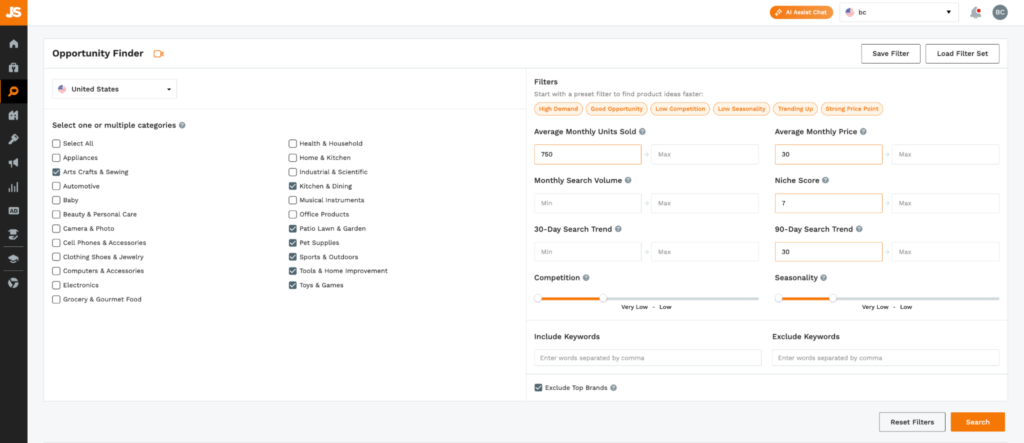
Small local businesses
Local businesses can succeed without link building. Local SEO strategies are effective.
Never skip creating a Google My Business profile. Optimize it for local searches. Use location-specific keywords. This makes it easier to rank locally. Encourage positive customer reviews. They significantly boost local SEO.
Websites with unique and high-quality content
Unique, high-quality content can succeed alone. Quality content naturally attracts users.
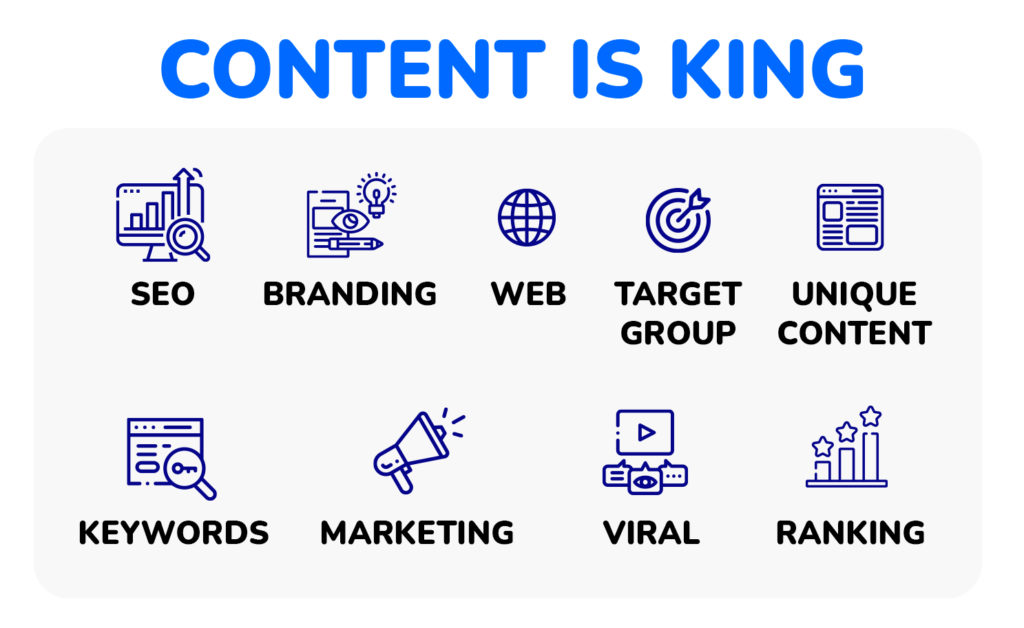
Conduct and publish original research. Unique insights attract organic attention. Writing in-depth, comprehensive guides is beneficial both for your SEO and for your audience. Comprehensive content tends to rank well. Engaging media such as videos and images has also proved to be quite effective. Multimedia content attracts and retains users, thus enhancing SEO performance.
Conclusion
So, can you do SEO without link building? Absolutely, but it’s like playing a video game on hard mode. You’ve got to focus on other strategies and put in the effort. Create killer content, optimize user experience, and master local and on-page SEO. It’s a longer road, but totally doable.
To wrap up, remember that link building isn’t the only path to SEO success, but it is still an important one, and in many cases the most adequate road to take. If you choose to approach SEO without link building, focus on other aspects of your site that you can control, and do it well. It’s like with the saying, “You can’t have your cake and eat it too.” Well, in SEO, sometimes you can. Just know you’ll have to bake that cake from scratch.
By putting in the effort and focusing on these alternative strategies, you can achieve great SEO results without relying heavily on link building. It’s all about consistency. Good luck, and may your SEO journey be smooth!



